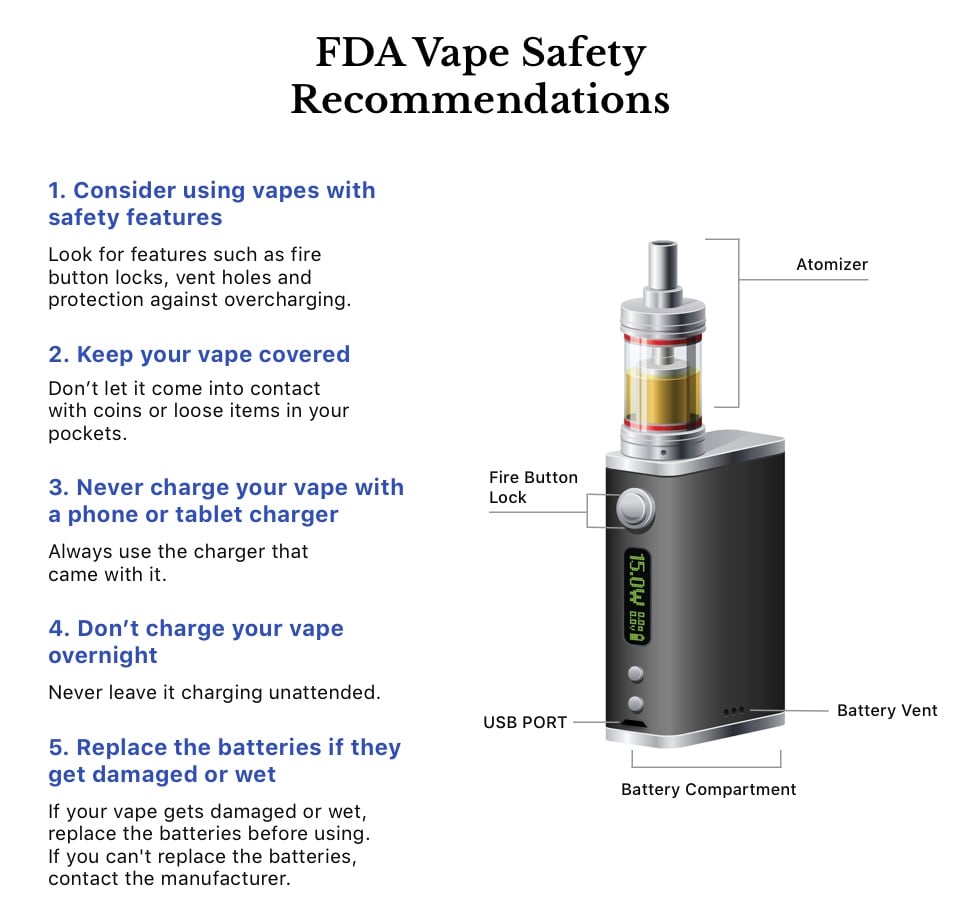Based on current technology assessments and recent safety findings (including June 2025 research), here’s a focused overview of the e-cigarette landscape:
Latest Technological Advancements
- Advanced Atomization: Patented coil designs (e.g., Uwell Caliburn series) and nano-ceramic wicks (like VEEX) enhance flavor consistency and reduce dry hits.
- High-Purity Materials: Top brands utilize medical-grade stainless steel components and food-contact plastics to minimize contamination risks.
- Temperature Control: Precision chipsets prevent overheating, optimizing vapor quality while reducing harmful byproducts.
- Extended Battery Tech: Newer models (e.g., Philips premium line) feature high-density batteries with rapid USB-C charging.
Critical Safety Review (June 2025 Findings)
Major concern: Disposable device toxicity. A University of California study found select disposables releasing:

- Chromium/Nickel: Concentrations exceeding traditional cigarettes in 1500-puff simulations.
- Lead: Highest daily exposure equivalent to 20 cigarette packs, primarily leaching from copper alloys.
- Cancer Risk Thresholds: Nickel in 3/7 tested devices and Antimony in 2/7 surpassed carcinogenic limits.
Contaminants originate from low-grade metal components and sometimes the e-liquid itself.
Established Brands Prioritizing Safety
- Uwell: ISO-certified manufacturing. Caliburn series dominates pod systems with leak-resistant designs.
- Philips (2025 Premium Line): Rigorous metal purity standards and third-party e-liquid testing.
- Vaporesso/SMOK: Open systems with replaceable coils allow component verification.
- Boulder: Emphasizes pharmaceutical-grade nicotine and child-resistant packaging.
Essential Consumer Precautions
- Avoid Uncertified Disposables: Prioritize brands disclosing full material safety data sheets.
- Verify Regional Compliance: Products like JUUL face country-specific sales restrictions.
- Check Hardware Compatibility: Proprietary systems (e.g., IQOS) increase long-term costs and limit quality control.
- Scrutinize Emerging Brands: Companies lacking ISO or FCC certifications often bypass safety protocols.
Summary: While innovations improve usability, material safety remains critical. Opt for brands with transparent component sourcing and laboratory verification reports. Avoid disposables where toxicity risks are clinically substantiated.









